Perovskite-based photovoltaics are currently achieving PCEs of just over 22%. Here are some interesting highlights of recent perovskite research.
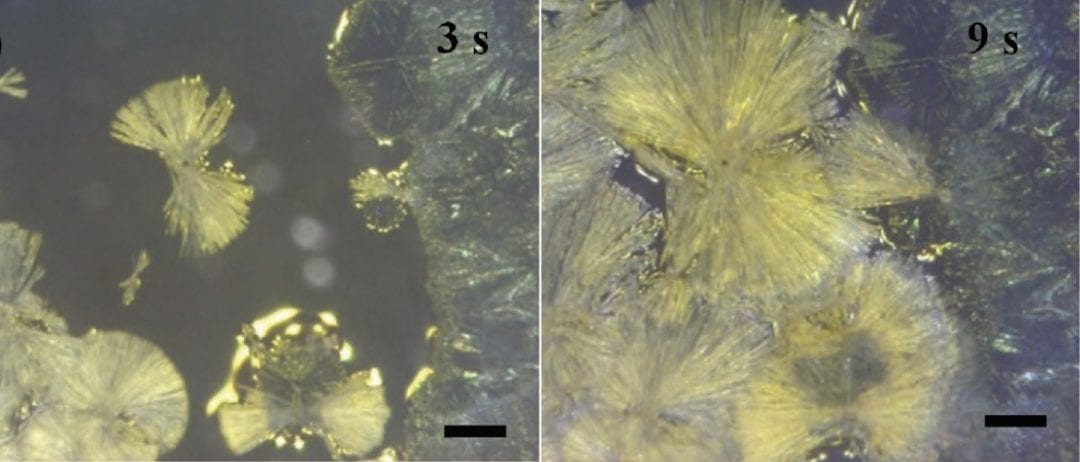

Perovskite-based photovoltaics are currently achieving PCEs of just over 22%. Here are some interesting highlights of recent perovskite research.

Researchers from Nanyang Technological University demonstrate 3D-printed, surface-modified electrodes for effective water splitting.

Optimizing H- and J-type aggregates significantly improves the power conversion efficiency in bulk-heterojunction solar cells.

A greener, energy-efficient route to ultrahigh conductive graphene paper is developed by Jianfeng Wang, Ying Zhu, and co-workers.
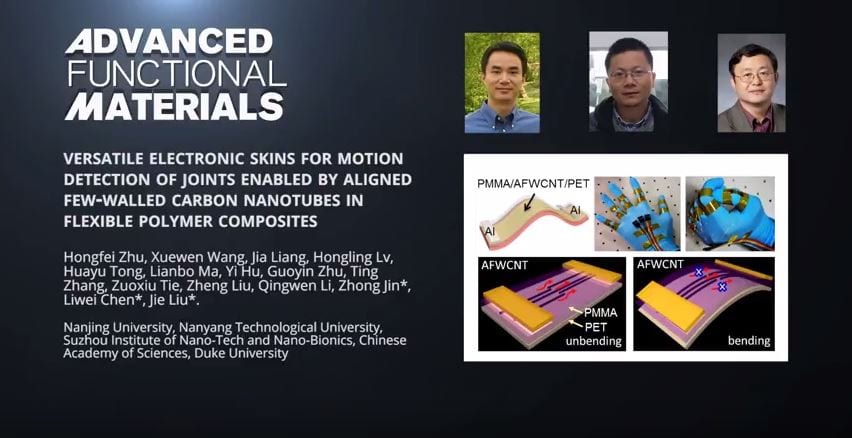
The human skin is an organ with amazing sensory properties. It can pick up a variety of sensations from its environment. Mimicking those properties in wearable electronics skins would offer a variety of applications for human–machine communication— imagine if you...
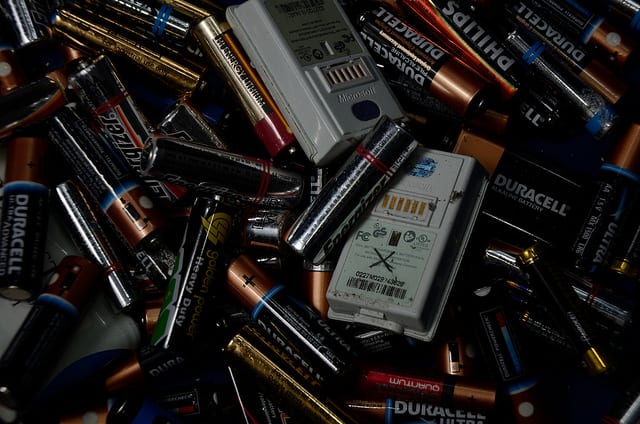
Safer technologies with higher energy densities and longer working lives are at the top of the list for lithium battery research.
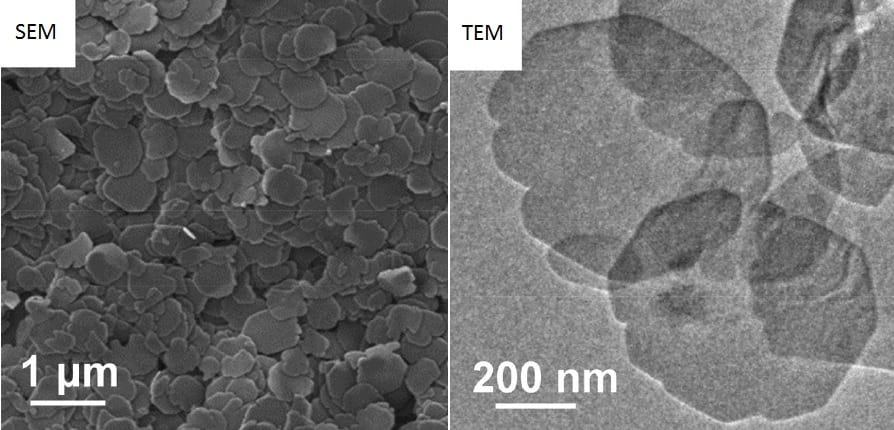
2D may no longer be good enough for our cinema screens, but for nickel–cobalt phosphate it means an impressive specific capacitance.
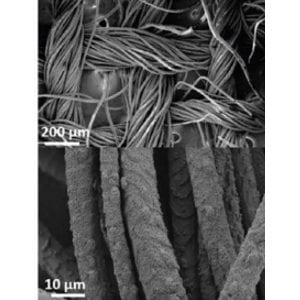
Researchers develop a vapor-coating technique to produce wearable electronic devices from conducting-polymer-coated off-the-shelf, plain-woven fabrics.

This hydrogel can be programmed to reversibly switch its mechanical properties in response to a simple environmental cue.
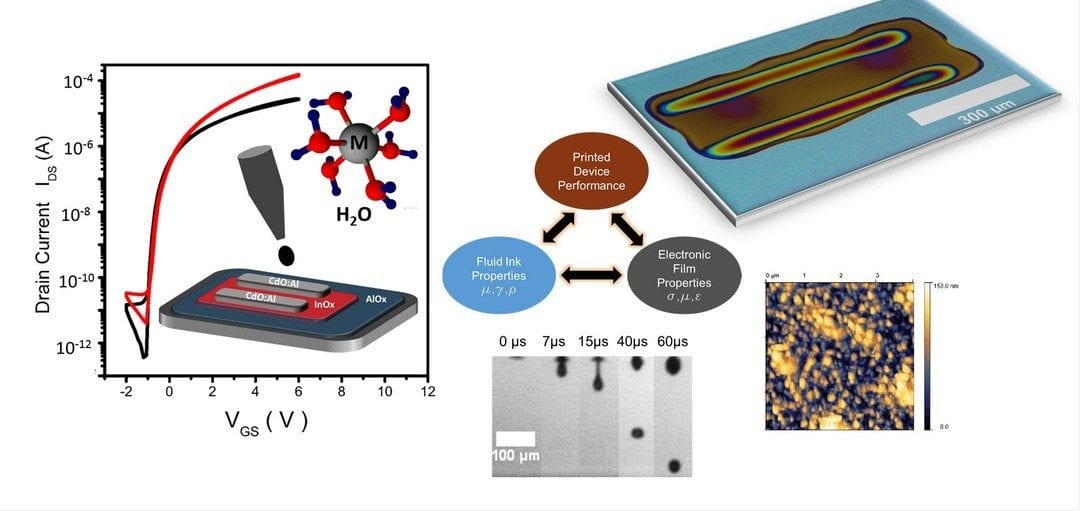
Researchers have demonstrated all-aqueous-printed transparent electrodes and semiconducting layers for high performance, low-cost transistors for flexible electronics applications.